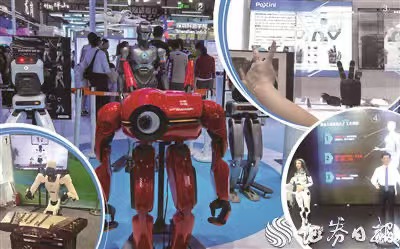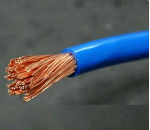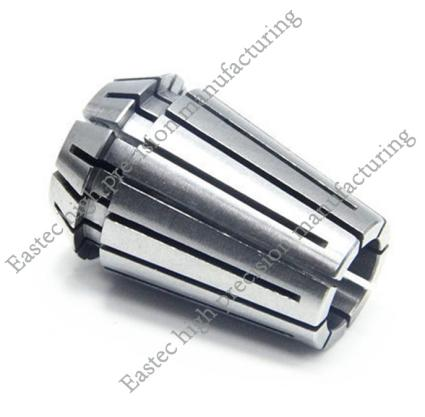
Humanoid robots are seen as the best carrier for "embodied intelligence" and are expected to become a disruptive product. In 2024, various humanoid robots demonstrated their capabilities in different fields, such as Agility robots entering factories and Tesla's Optimus robots improving in flexibility. Humanoid robots frequently appeared at large-scale events, becoming the focus of attention.
Industry development benefits from the collaborative innovation of the entire industry chain. On the software side, AI large models, 3D vision technology, and other key technologies provide intelligent support for humanoid robots; on the hardware side, continuous advancements in high-performance materials and sensors are being made. Many places are accelerating the construction of humanoid robot innovation centers, promoting industry standardization and industrialization.
However, as the industry expands rapidly, its boundaries become blurred. In 2025, the humanoid robot industry is expected to shift from "unruly growth" to refined cultivation, with more companies entering the field and the industrialization process accelerating. Products will increasingly move from showcasing technical prowess to operational scenarios, with application in specific scenarios becoming an inevitable trend.
Mass production is a key factor in the development of humanoid robots. Tesla's Optimus is expected to enter small-scale mass production in 2025, and companies like Yu Shu and Ubtech have already started their mass production journey. However, mass production faces technical bottlenecks, such as the learning and decision-making capabilities of AI large models in complex environments and the accuracy of 3D vision technology. It is expected that 2026 will be the first year of true mass production for humanoid robots, with entry into thousands of households possibly not happening until 2030.





 Customer service 1
Customer service 1  Customer service 2
Customer service 2